
OLD TOWN STATE HISTORIC PARK
After Mexico won its independence from Spain in 1821, many retired soldiers created what is now Old Town, laying their homes and businesses around the plaza in typical Spanish style. Through trade with Boston, the town began to prosper. After a fire in 1872 destroyed much of the commercial center, San Diego moved to a “New Town” closer to the bay. Today, you can explore the preserved and restored structures of San Diego’s pioneer families.
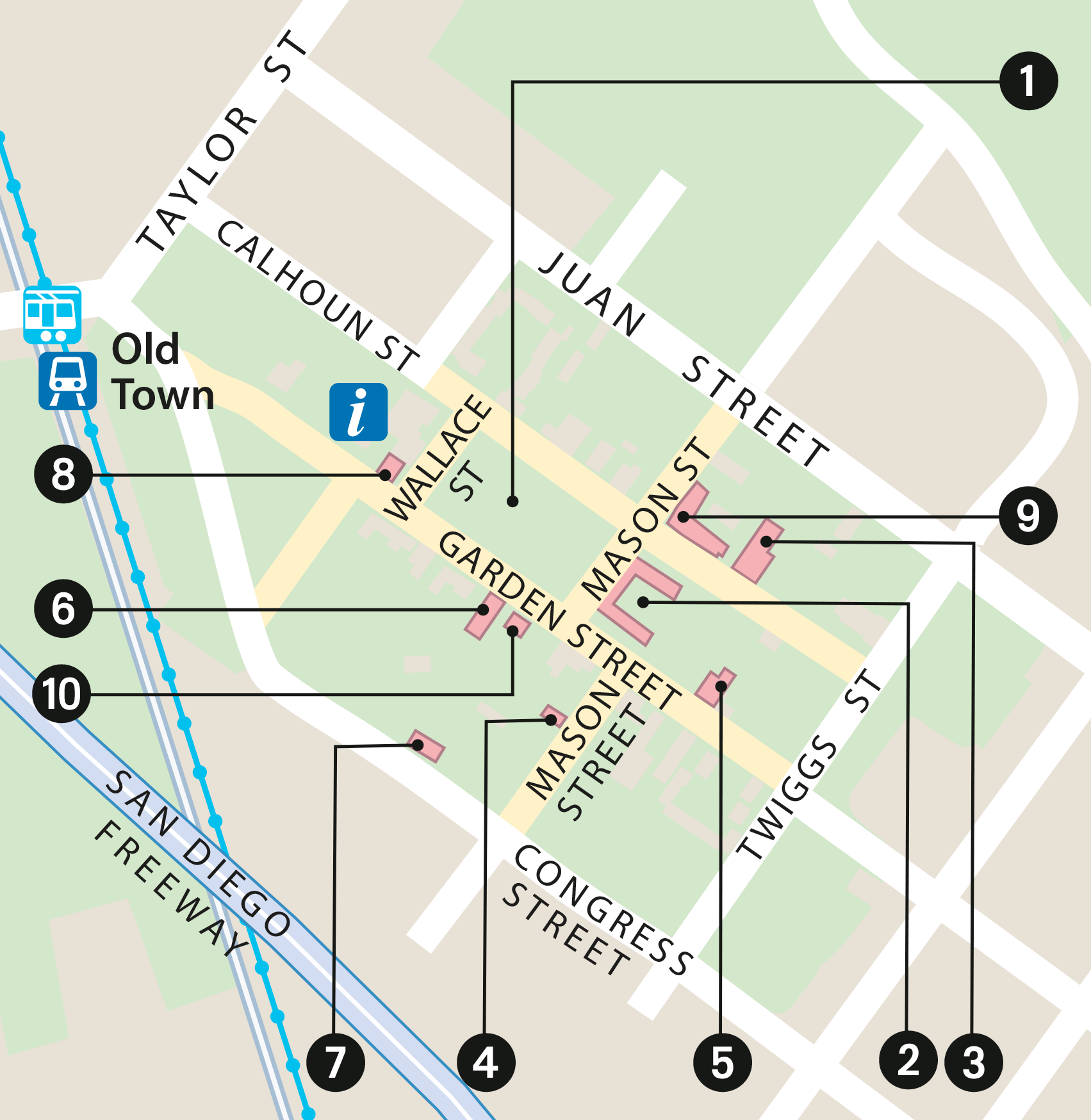
Old Town State Historic Park Map
NEED TO KNOW
![]() 4002 Wallace St • (619) 220-5422 • www.parks.ca.gov • Open May–Sep 10am–5pm daily; Oct–Apr 10am–4pm Mon–Thu, 10am–5pm Fri & Sat
4002 Wallace St • (619) 220-5422 • www.parks.ca.gov • Open May–Sep 10am–5pm daily; Oct–Apr 10am–4pm Mon–Thu, 10am–5pm Fri & Sat
![]() La Casa de Estudillo: closed Mon
La Casa de Estudillo: closed Mon
![]() Seeley Stable Museum: closed Tue
Seeley Stable Museum: closed Tue
- Head to one of San Diego’s most famous Mexican restaurants, Old Town Mexican Café & Cantina, and watch the ladies make tortillas as you have lunch.
- One-hour walking tours led by park staff leave daily at 11am and 2pm from the Robinson-Rose House.
- Park concessionaires sell traditional souvenirs and other wares; nearby Bazaar del Mundo offers colorful, unique items.
1. Plaza
The plaza was once used by Spanish communities for bullfights, political events, executions, and fiestas. Since 1846, tradition maintains that the Old Town flagpole must be made from a ship’s mast.
2. La Casa de Estudillo
Built in 1827 by José Estudillo, the Presidio’s commander, this adobe home is Old Town’s show-piece. Workmen shaped the curved red tiles of the roof by spreading clay over their legs.
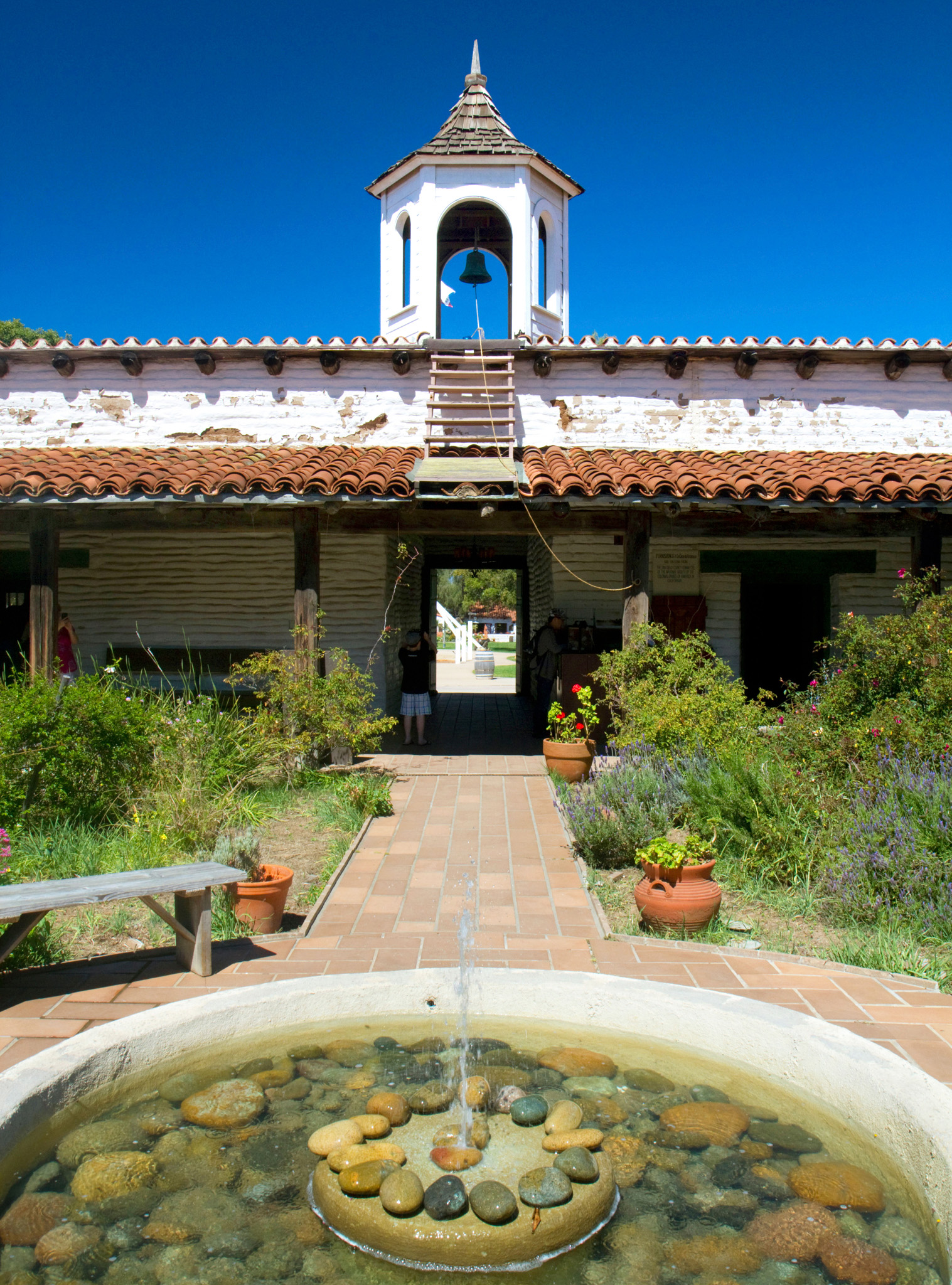
José Estudillo’s clay home
3. Seeley Stable Museum
Before railroads, Albert Seeley ran a stagecoach business between San Diego and LA. This barn houses original carriages and wagons from the Wild West.
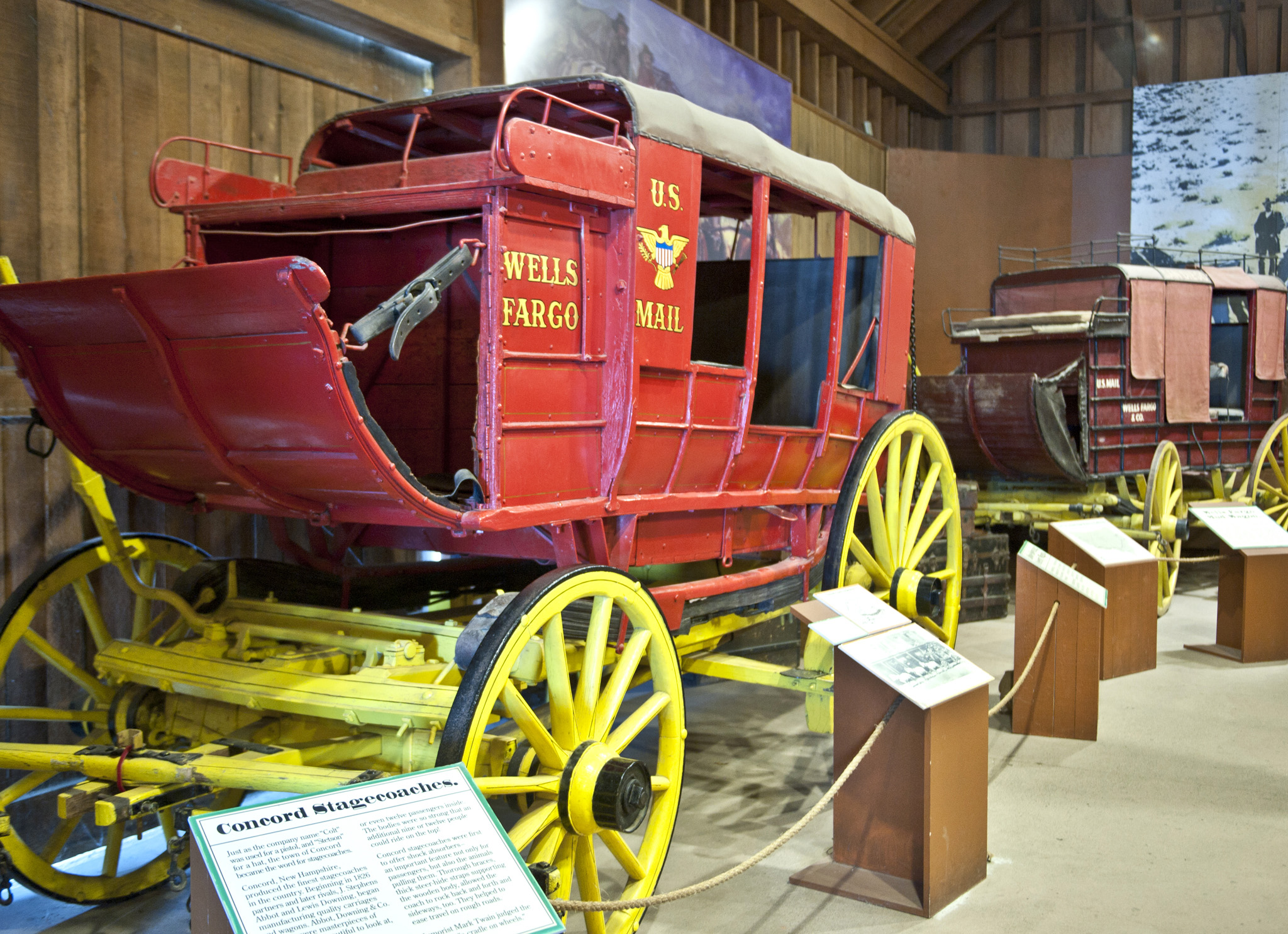
A wagon at the Seeley Stable Museum
4. Mason Street School
This one-room school opened in 1865. Its first teacher, Mary Chase Walker, resigned her $65-a-month position when townspeople complained that she had invited a black woman to lunch.
5. San Diego Union Historical Museum
This wood-frame house was built in New England and shipped down in 1851. It was home to the early years of The San Diego Union, the city’s oldest newspaper.
6. Colorado House
The name Wells Fargo came to symbolize the opening of the American West. At this little museum housed in a former hotel, a restored stagecoach is the main exhibit.
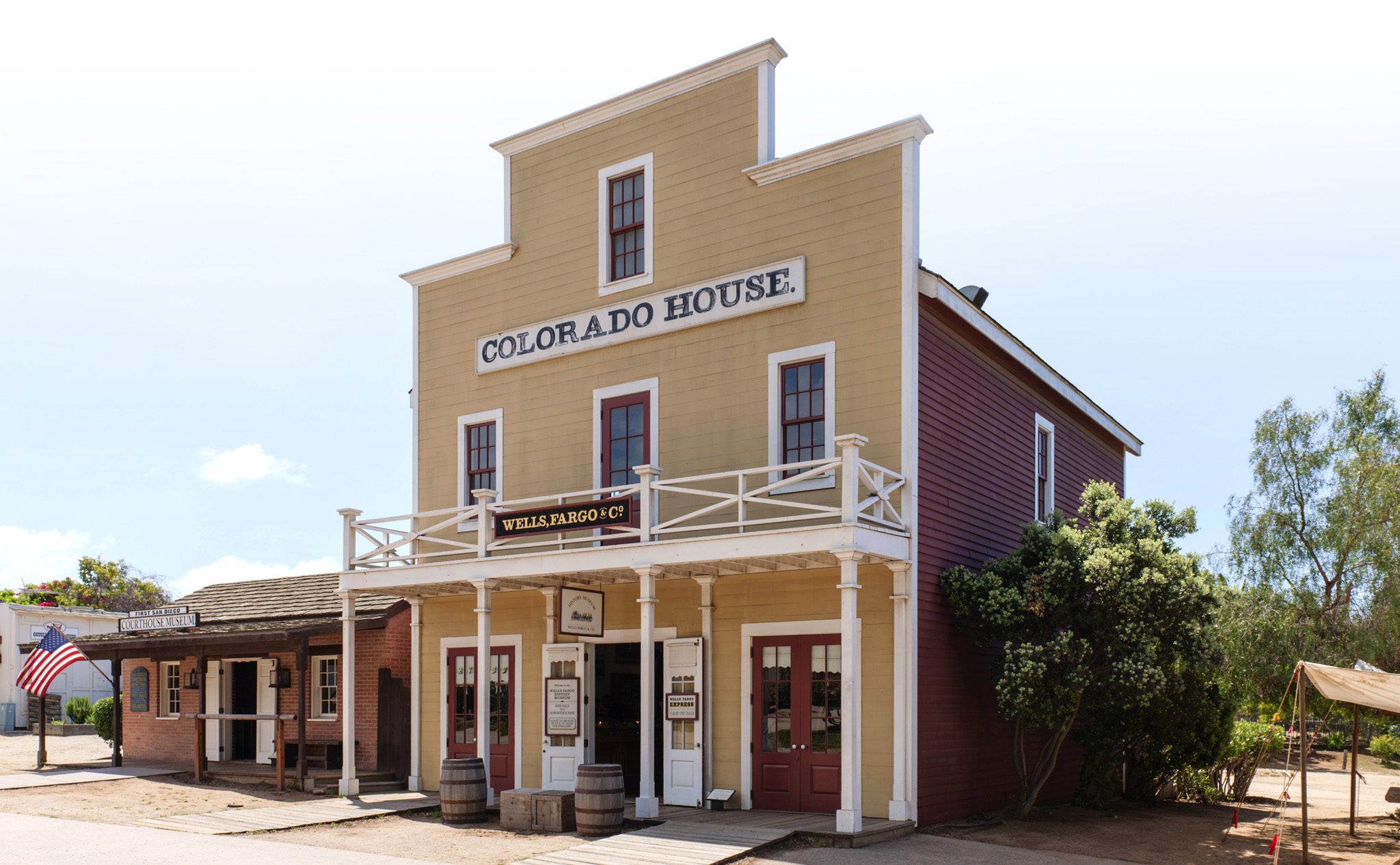
Facade of the Colorado House
7. La Casa de Machado y Stewart
Jack Stewart married Rosa Machado in 1845 and moved to this adobe home, where the family remained until 1966. Its deterioration finally forced them to move.
8. Robinson-Rose House
Docents are on hand to answer questions at this house, which dates from 1853 and is the headquarters of Old Town. Look out for the model of the 1872 Old Town.
9. La Casa de Bandini
Peruvian Juan Bandini arrived in San Diego in 1819 and became one of its wealthiest citizens. His former home is now the Cosmopolitan Hotel.
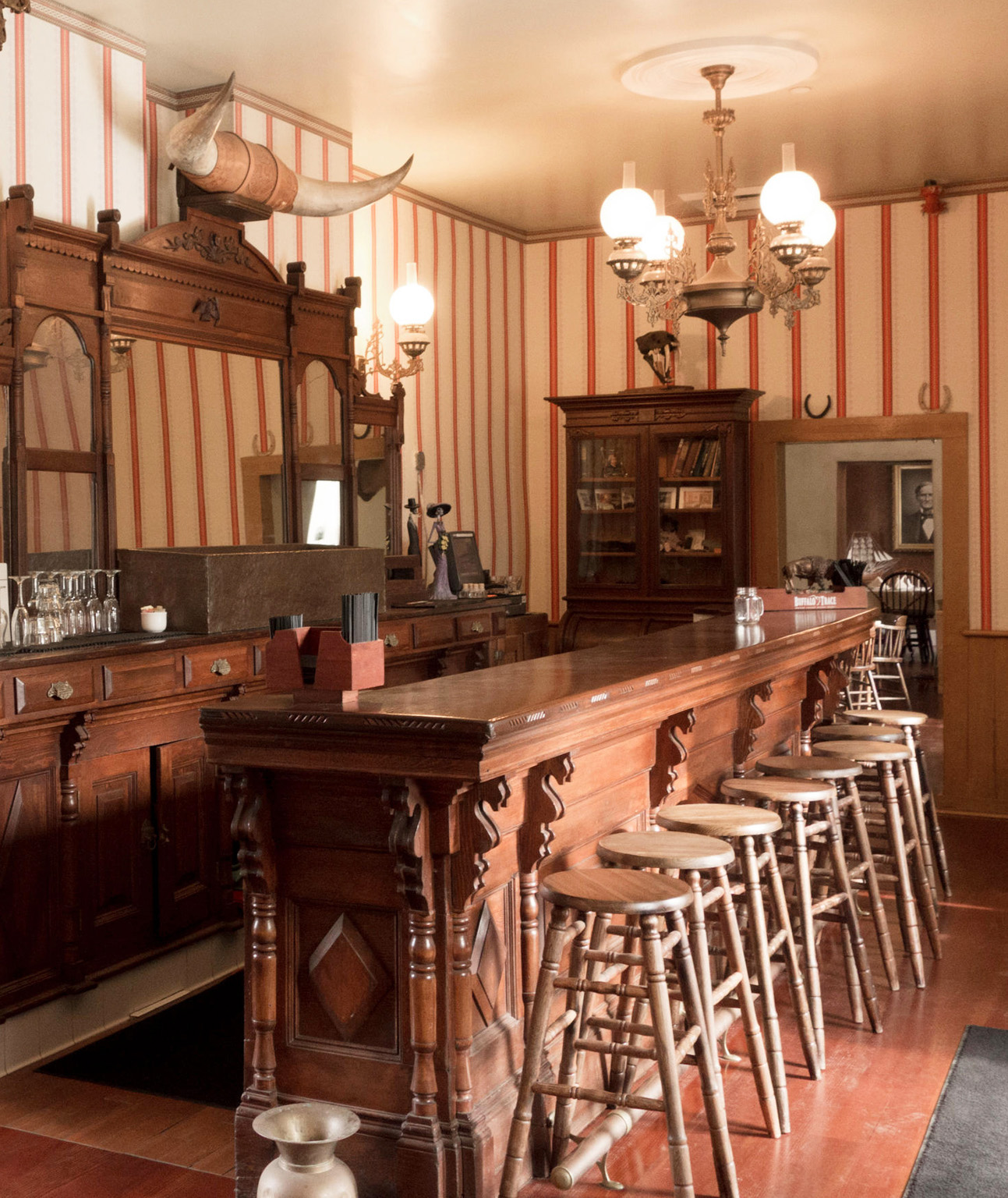
Interior of Juan Bandini’s former home
10. First San Diego Courthouse
This reconstruction of the 1847 courthouse marks the city’s first fire-brick structure. Not to be missed is the ominous 1860 jail cell out back.
FIRST IMPRESSIONS
In his epic story of early San Diego, Two Years Before the Mast (1840), Richard Henry Dana described the town as “a small settlement directly before the fort, composed of about 40 dark-brown-looking huts or houses, and two larger ones plastered.” Bostonian Mary Chase Walker, San Diego’s first schoolhouse teacher, was more blunt: “Of all the dilapidated, miserable looking places I had ever seen, this was the worst.”
